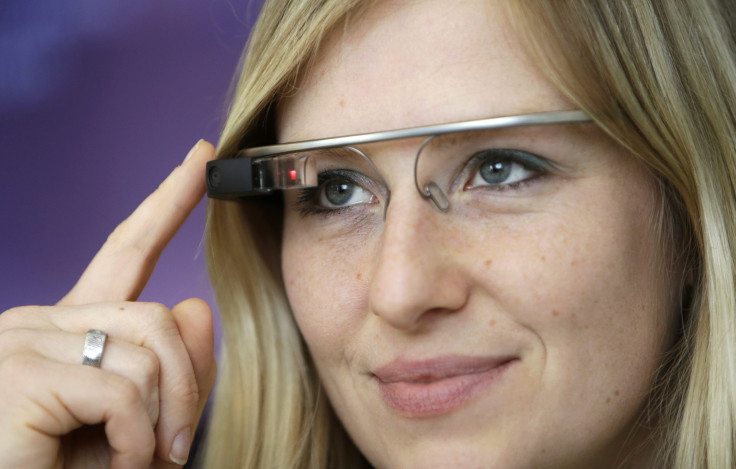Two Years Later, Consumers Don't Actually Want Google Glass

It was supposed to usher in the sci-fi future of wearables, but that was, well, so 2012. Now a number of Google Glass developers report that they've ceased working on apps for the futuristic face computer -- there's just not enough consumer interest the technology.
The $1,500 headset presents the wearer with a small computer display to the upper-right of his or her field of vision, making the wearers especially conspicuous in the process. "Wearing a piece of technology on your face was an obstacle," Adriana Vecchioli, who created the Find.It app for Glass, told the Wall Street Journal. Future versions of Glass will need to "be more discreet," she said.
A random sampling of 16 Glass developers by Reuters found that nine of them had ceased working on apps for the device. "If there was 200 million Google Glasses sold, it would be a different perspective. There’s no market at this point," Tom Frencel, CEO of Little Guy Games, said. Frencel's company stopped developing a game for Glass this year to investigate creating for other platforms, like the Oculus Rift virtual-reality headset.
Perhaps most troubling is the recently Glass-less face of Google co-founder Sergey Brin. He has made it a point to show up at star-studded events while wearing his company's headset for the past two years but showed up without them at one such event on Sunday. Brin maintains Google has hardly given up on the product, he just happened to leave his in the car after wearing them everywhere for the past two years.
© Copyright IBTimes 2024. All rights reserved.












